MARCUS NOER is a particularly fine example of a traditional double-ender from Denmark, with a shapeliness to her hull that will take your breath away. The design is one descendant—one of many—of a Nordic boatbuilding tradition that should properly stand beside the great cathedrals of the world and the sculptures of antiquity as among the loveliest creations ever made by man.This design is not for beginners. It is, however, absolutely a design that any beginner should aspire to, in my view. A boatbuilder young in experience should choose a much simpler boat first, or maybe a succession of two or three, perhaps working with other builders or taking one of a number of specialized classes before attempting such a boat. But as he does so, he should know that each saw cut made straight and true and each plank line sweeping an honest curve will contribute to the understanding of something greater. Each boat built should contribute to the understanding for the next boat.This 17' 81⁄2" lapstrake-planked double-ender can stand comparison to the finest of yacht design, and yet this hull comes down to us from an everyday craftsman for a common fisherman. The original “jolle” was built in Frederikssund in 1900 for one Marcus Noer of Ejby, in Isefjord, Denmark. His catch, sole, and flounder, was kept alive in a wet well, essentially a box built into the hull, which had holes bored in the planking to allow water to fill the box. This replica, built in 1980, is faithful to the original design and all-oak construction—with the exception of refraining from boring holes in the planking.
Join The Conversation
We welcome your comments about this article. To include a photo with your remarks, click Choose File below the Comment box.


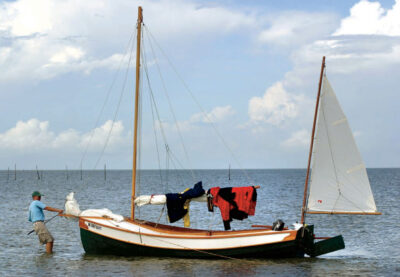
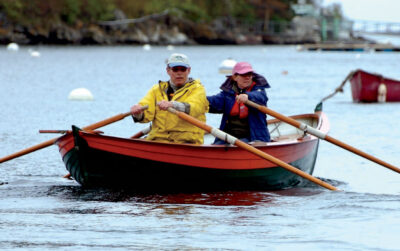
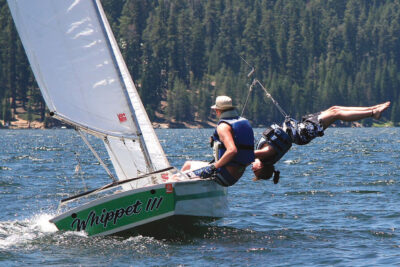
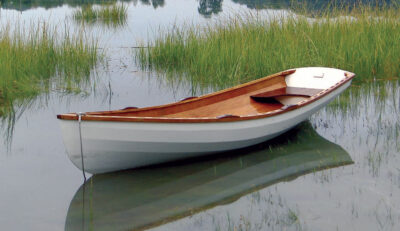

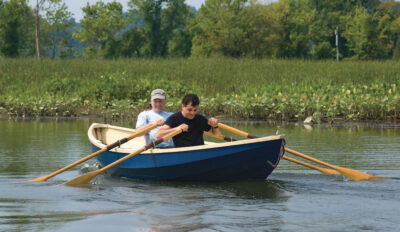

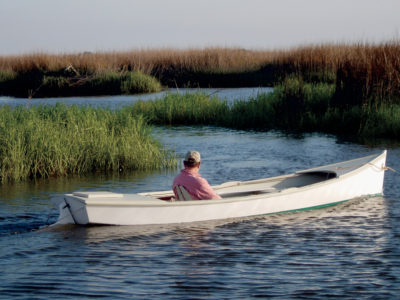
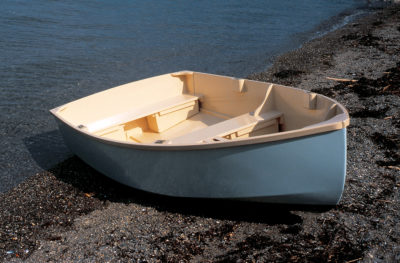
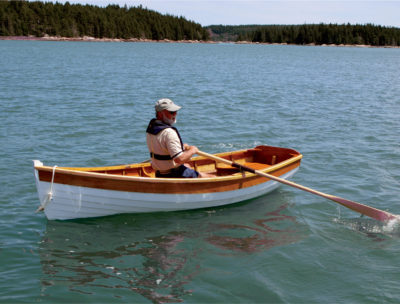
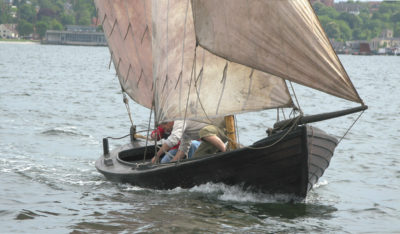
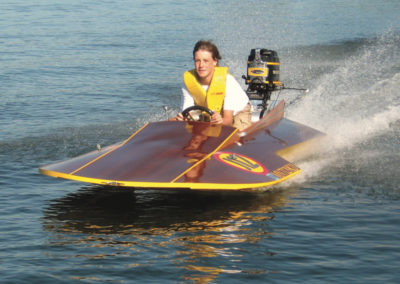
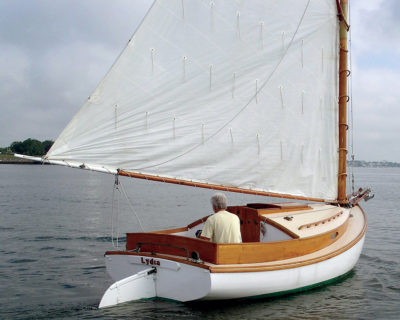
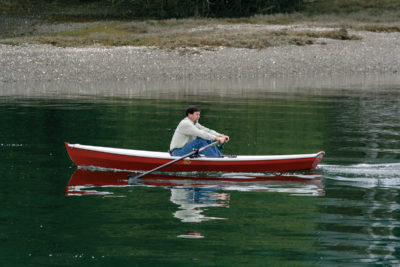
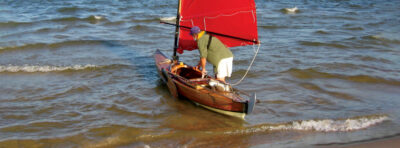
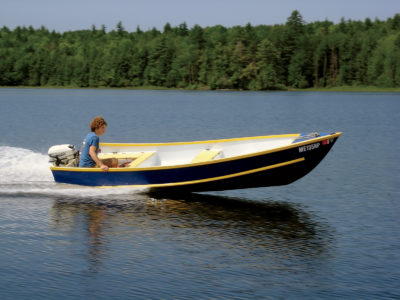
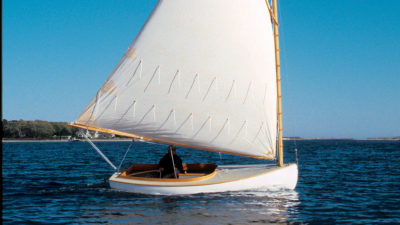


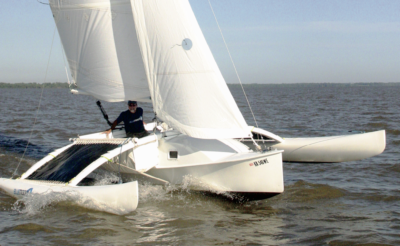
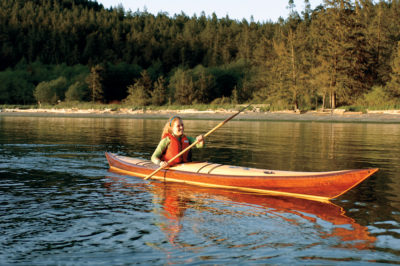
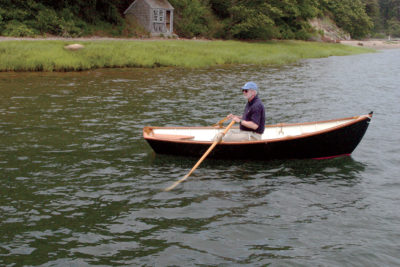
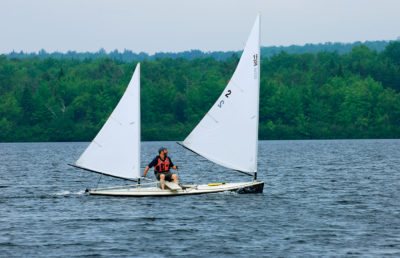
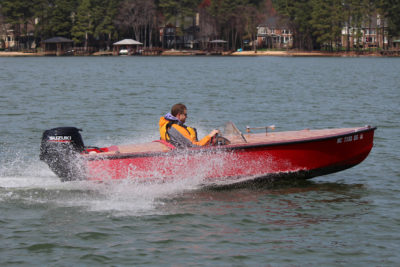
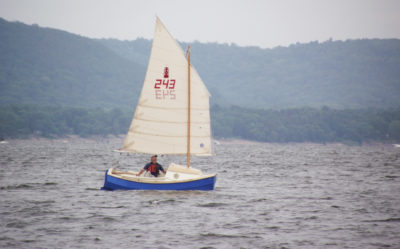
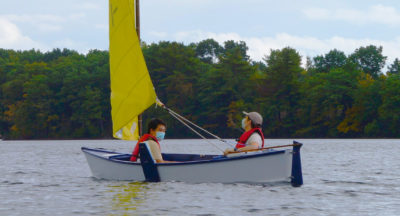

Wow! What a beautiful boat! Thanks for publishing this. I’ve seen this or a very similar design in Christian Nielsen’s book about Danish boats, Wooden Boat Designs. It looks very difficult to build, and it would be nearly impossible to find good materials here in South-Central Alaska, where we only have so-so white spruce. Perhaps some of those wide, yellow-cedar boards from SE Alaska? Fun to dream; so many boats, so little time….
The Viking Boat Museum at Roskilde is a must visit. Paid to sail one of their boats and ended up at the helm. What a fun time everyone had!
It’s a boat that makes me really want it. Just looking at the picture, I can feel the sensibility of the wooden boat. Thank you for this article.
What a boat. You describe plans in the article. Was wondering where you can get a set of plans or the CD that you mention. It would be a fun exercise to study the drawings or plans and run them past one of the local wooden boat shops here in NS. Any info would be greatly appreciated. Thank you.
CH
A comment concerning metals: Galvanized cast iron seems to hold up for a long time. At one time I had a cruiser converted from a pre-WW II whaleboat that came with a big galvanized bit on the after deck. It had been exposed to all kinds of weather for years, as well as abrasion from hemp mooring lines, etc. It showed no signs of rust or corrosion.
I also owned for 18 years a little 21′ cutter (an Ed Monk Sr. design) built in 1935. It was fastened with galvanized-iron boat nails. One time I decided to pluck out a planking nail (from below the water line) to see if I might need to refasten. I ground a long-nosed Vice Grip to enable pulling a nail, which was very solidly planted in the oak frame. To my surprise, the nail was in perfect condition, showing no signs of rust or corrosion whatsoever, though it was stained brown,I assume from the tannic acid in the oak frame.
But I have my doubts about galvanized steel, since steel seems to rust much more easily than iron. Perhaps if the steel had been hot-dipped, there wouldn’t be a problem, though. I’m curious what others think about this, especially if they can cite either personal experience or expert knowledge.
Hi,
Where can I get some plans for this boat?
Many thanks
I’m left wanting to see a photo of her with all her sails in 12+